The test goes on like this: out of two participants, one is picked to be teacher, and the other student. The teacher (a random participant) is asked to conduct a memory test on the student (actor, not a real participant) by a scientist (figure of authority). The teacher has to press a button that delivers an electric shock to the student if the latter gives the wrong answer, with every shock being more intense than the previous one. The scientist stays with the teacher the whole time, while the student is in the neighbouring room. The teacher cannot see the student, only partially hear him. As the study goes, the teacher can hear the student (faking) being hurt, screaming, saying he doesn't want to be a part of the study anymore and asking to get the hell out of here. If the teacher tried to bail out, the scientist is to ask him to go on, saying he (the scientist) is responsible for anything that would happen. The study found that an alarming number of teachers went all the way to the final and most powerful shock, with only very few quitting the experiment stating they would not harm the student furthermore.
What makes the movie interesting is it shows the actual experiments Milgram did -- good, because that’s the purpose of a biographic movie about a social scientist, right? I’ll only cite four. One: social proof- if a couple of people are standing on the street looking at something in the sky, what are you going to do? Probably stop and look too. Two: Kindness of strangers- Milgram displayed lost letters in different neighborhoods and counted how many were sent back by the strangers who found them. In addition, he tried testing white sounding names in black neighborhoods and vice-versa. The findings showed that people weren’t so nice when it came to send back a letter to someone that wasn’t of your skin color. Three: How many people does it take one person to contact another that s/he doesn’t know? It takes 6. We live in a small world. Four: Taking polaroid picture of people, and... I don’t know, the movie didn’t tell. Kinda frustrating.
There is a disturbing lack of explanation of the conclusion of most of the studies presented. I got to see the studies, I heard some findings, but I had zero explanation about what that actually meant, how this work impacted Milgram’s life, or work, or the scientific body (but hey this article actually sheds light on modern criticism about his most famous experience!) There was zero analysis of Milgram’s findings, which I found very frustrating.
Grade: C-
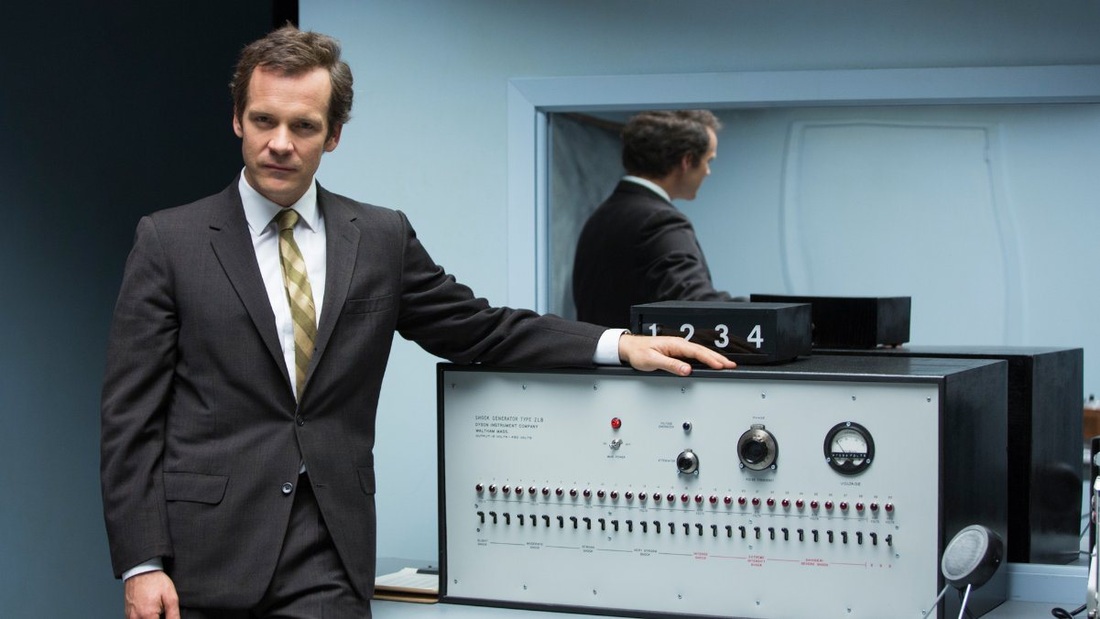
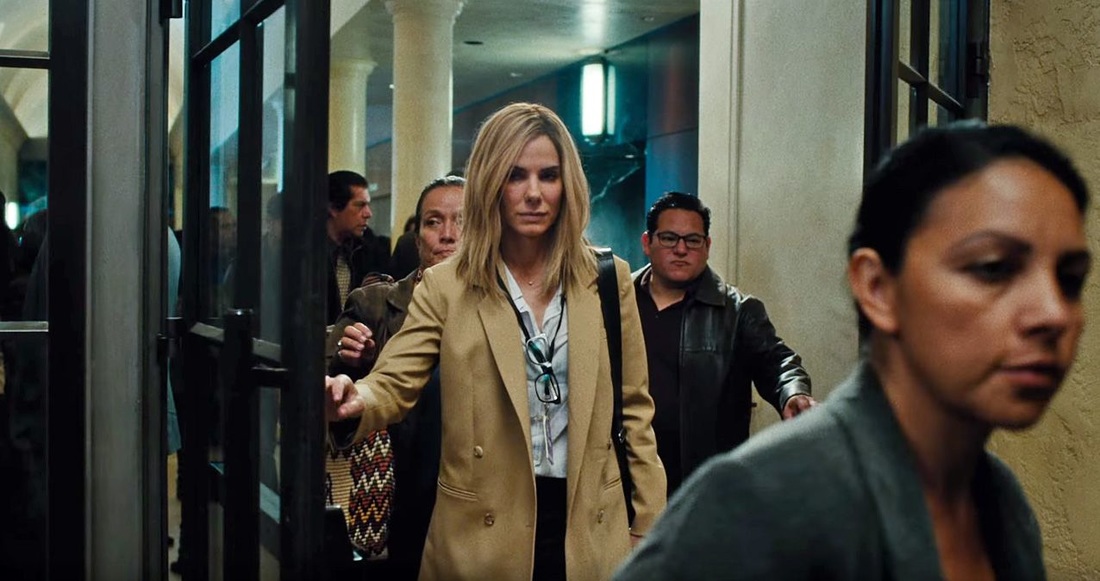
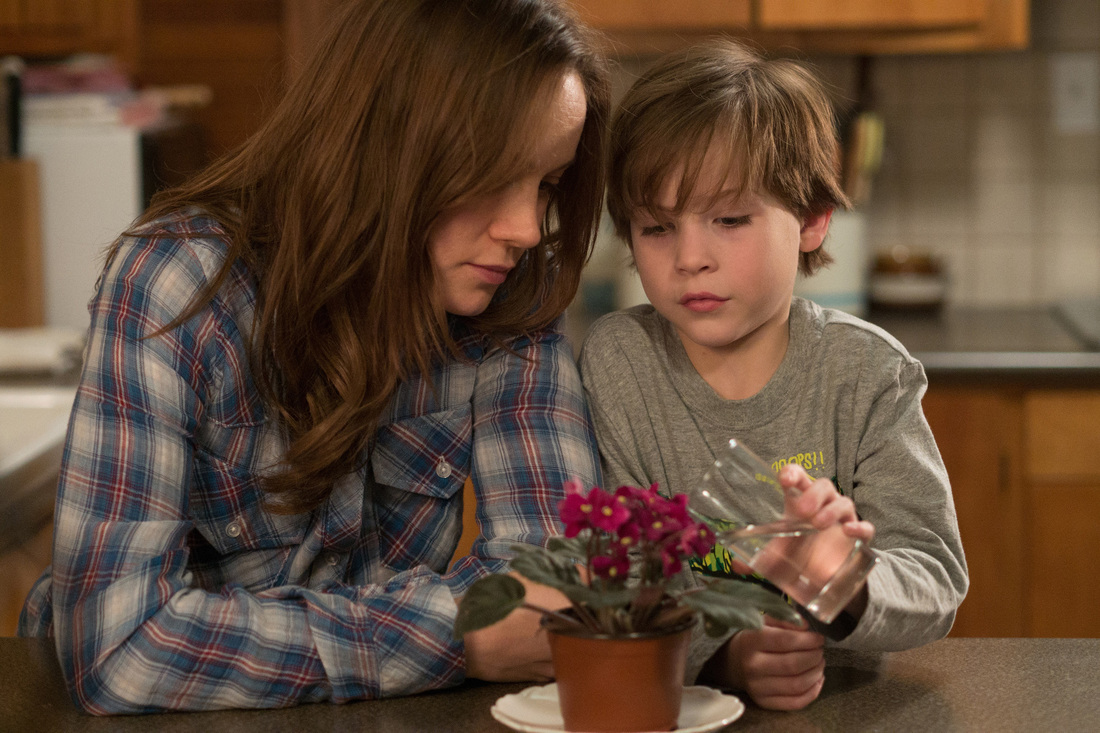
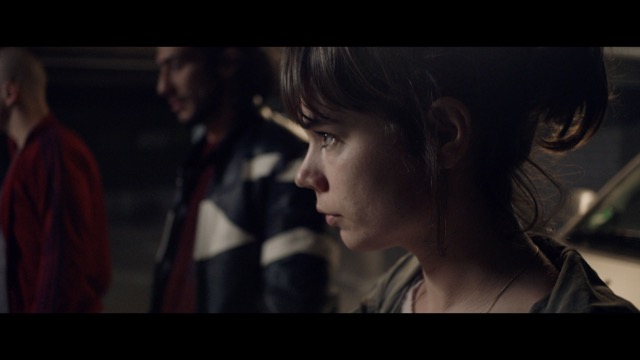
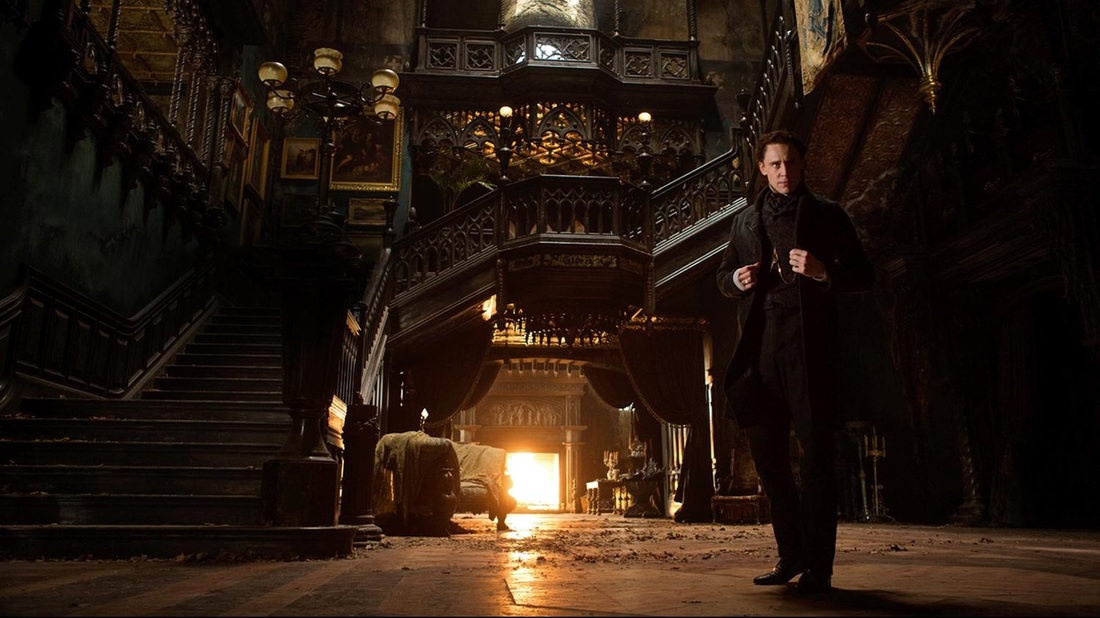
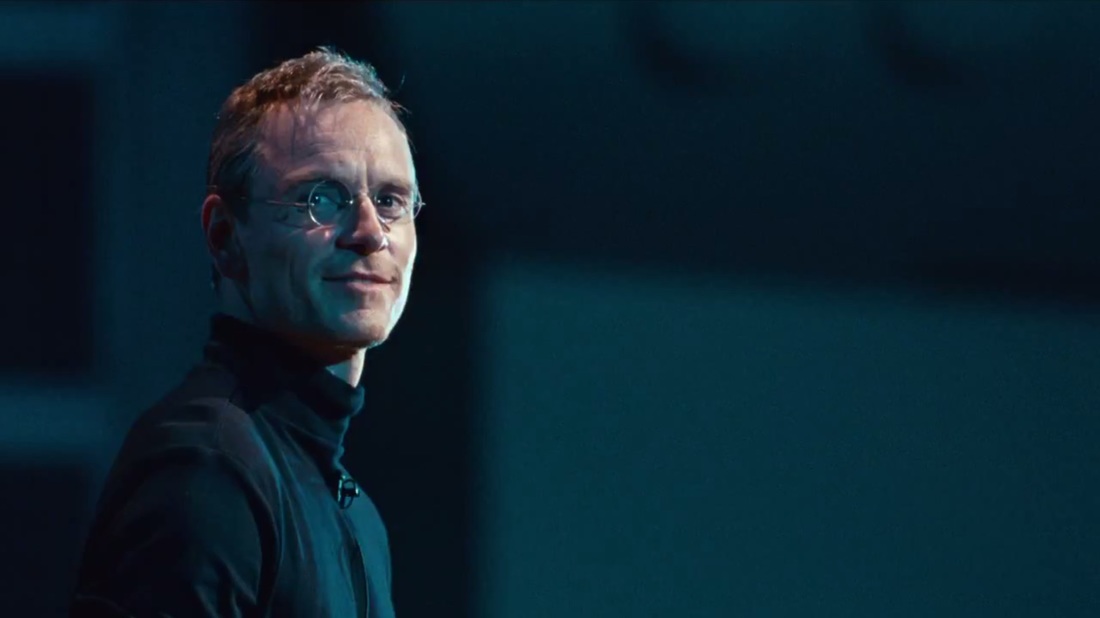


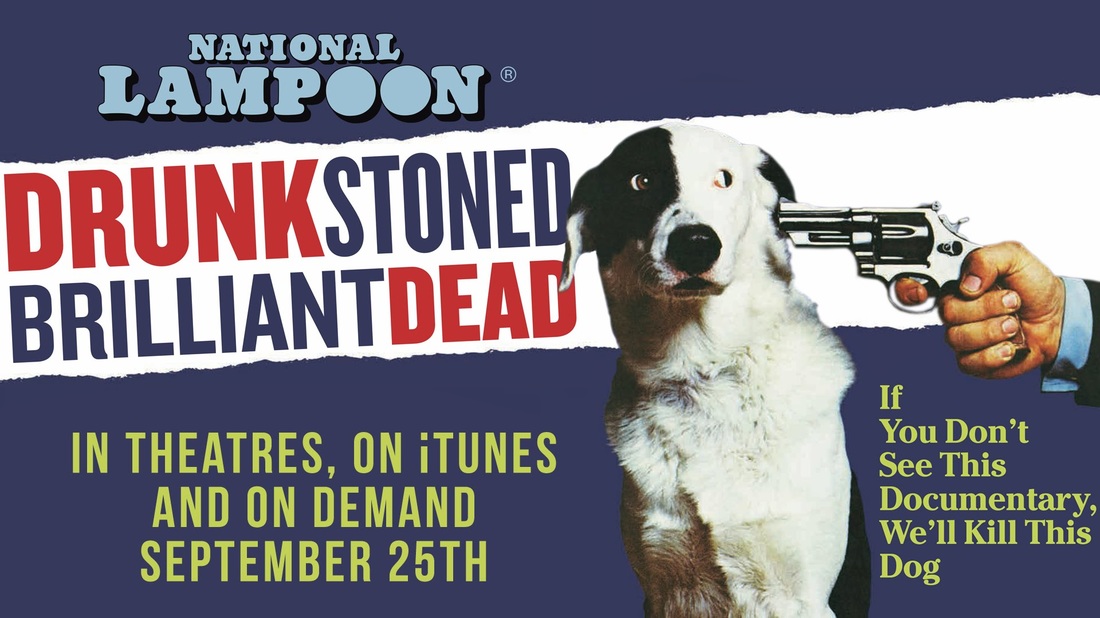
 RSS Feed
RSS Feed
